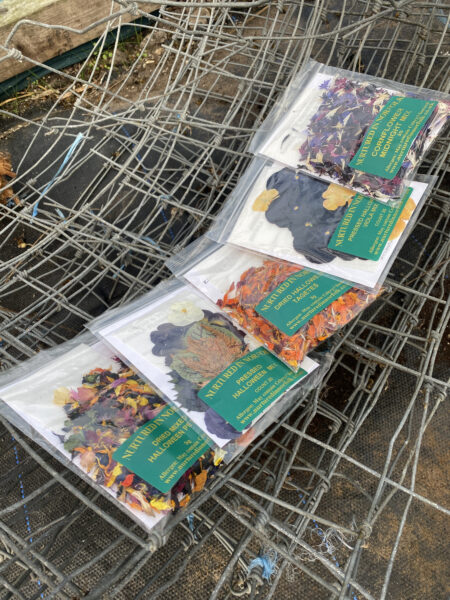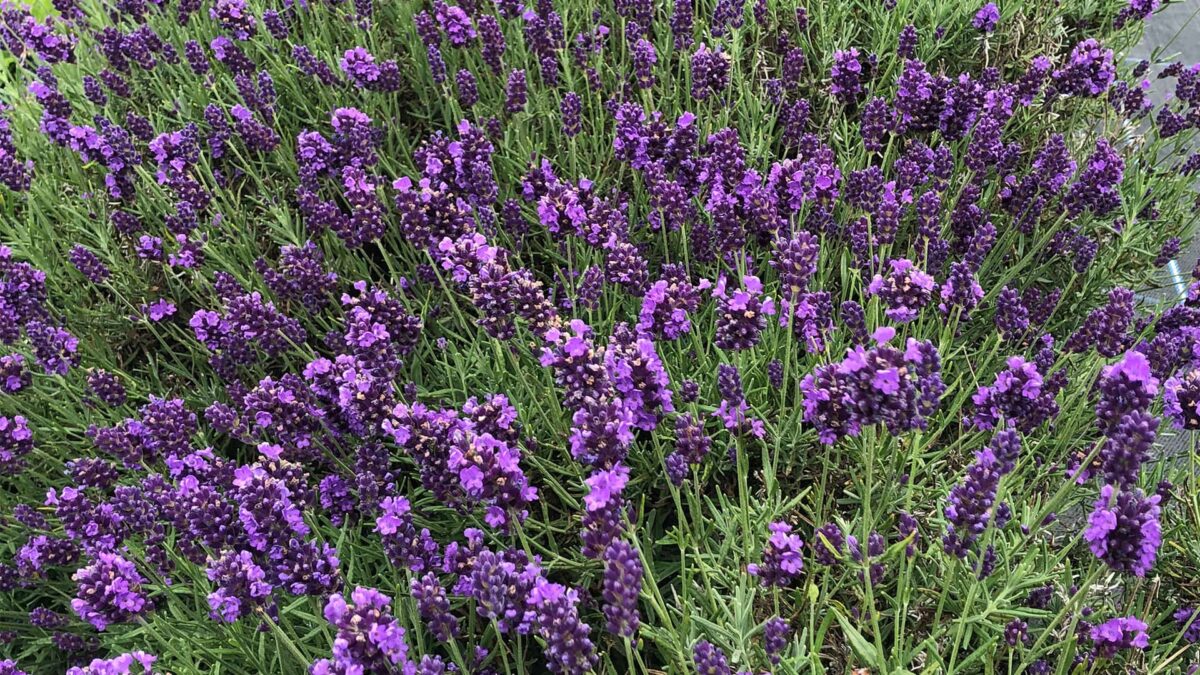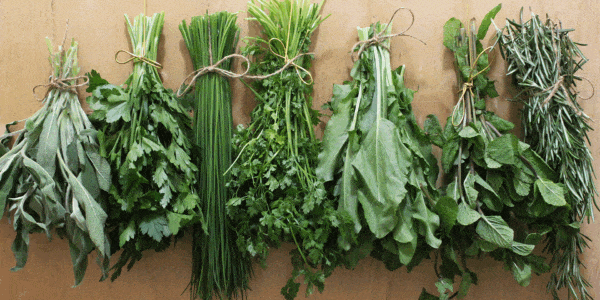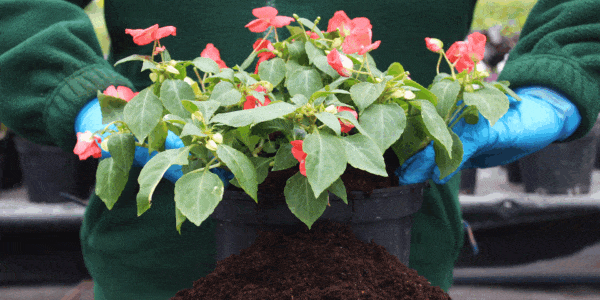 20 October 2022 | Horticulture Hacks
20 October 2022 | Horticulture Hacks
Growing your own Lavender Flowers

Nurtured in Norfolk’s gardening expert Martyn Davey answers all your questions and gives his top horticulture hacks.
If you would like any horticulture query answered please do e-mail our head grower at martyn@nurturedinnorfolk.co.uk to add your thoughts to our horticulture hacks.
Dear Martyn,
I have some excellent Lavender Hidcote in my garden. I bought them as plug plants mail order about ten years ago. They are getting a bit old now and when cutting them back I noticed they have produced lots of seeds in the old flower heads, I have followed your advice and saved some. I would like to know how to grow these seeds and will they be alright planted where the parent plants are now if I manage to get them to grow?
P. Nelson, Thorpe Marriot
Dear Reader
Lavender Hidcote is a very well prized plant with its excellent aromatic foliage and flowers and yet so easy to grow given the right conditions. Planted in a sunny spot in well drained soil it is more than happy, also it thrives in containers as long as they have good drainage.
Propagation is possible from cuttings but is also very easy from seed; the seed is produced in late summer and has a very shiny appearance as there is a waxy coat over the seed this helps to protect it until it germinates. As you have followed my tips on saving seed I hope you have it in a labelled envelope and are storing it in the fridge in a plastic tub or tin (I like to use quality street tubs or tins other chocolates are available), it helps to keep your seed together and under the illusion it is winter until you are ready to sow them.
Spring is the best time to sow the seed use either small pots or trays of seed compost, ensure the compost is free of weed seeds. The seeds from cultivars will produce plants that may vary from the parent you might even get a new one that you prefer. Lavender Hidcote is a basic original species and so should come true. The seed will only take a few days to germinate if you can keep them in a warm place, ensure they never dry out although don’t over water them. Once the seedlings have established they can be pricked out into individual small pots 9cm pots are good for this again use good compost that is weed free, and open to allow good drainage.
Lavender flowers are best planted out in April or May as the soil naturally warms up. The flowers should never be planted in winter when young plants are vulnerable to rotting in cold, wet soils. Lavender is a Mediterranean plant (in needs if not always in geographic origin) and needs lots of sun and fast-draining soil. It will not survive long in shady, damp or extremely cold conditions.
Dig over any free-draining soil and remove the weeds before planting. If your soil is heavy, plant on a 20-30cm mound, ridge or in a raised bed where the roots will not sit in wet soil. While it is always best to not plant the same thing in the same place again, as long as the old plants are healthy and you can improve the soil before planting the Lavender will be fine.
Lavender is easy to plant and takes just a few minutes. Space plants about 90cm apart if growing in groups, or they make a great alternative to box if planted as a hedge space plants 30cm-45cm.
After planting, water regularly, especially in dry weather, for the first season. Once established they will not need watering even in the driest summer.
Left to their own devices, lavender can become woody and ungainly, so to keep plants compact and attractive, it’s best to trim them annually in late summer, just after flowering has finished. Remove any spent flower stalks and about 2.5cm of leaf growth. Foliage can be clipped over in spring if growth is untidy or frost damaged. Lavender does not break new growth easily from old stems so don’t cut back into the woody stems.
Even if pruned annually, older lavender plants can become straggly, very woody and mis-shapen so, as they are fast growing and establish quickly, they are best replaced if you want to keep everything looking neat.
Jobs for this week
Plant any spring flowering bulbs that you have not yet planted, this is a good time to plant tulips which prefer to be planted in November.
Stop winter moth from damaging your fruit trees by applying grease bands around the trunks now.
Start to put out food and water to attract birds into your garden, I have been watching the blue tits hitting our garden feeder this week.

